Everything about Provence style in the interior
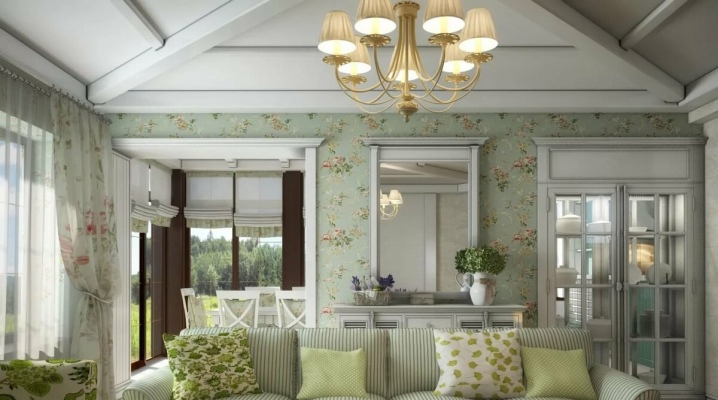
Any owner of a private house or city apartment needs to know everything about the Provence style in the interior, what it is. Sensible renovation of bedrooms and the design of other rooms, the formation of windows in the style of French Provence and the use of Provencal-style flowers are very promising. There are quite a few finishes, there are requirements for lighting, textiles and decorative materials, and the design of various rooms.
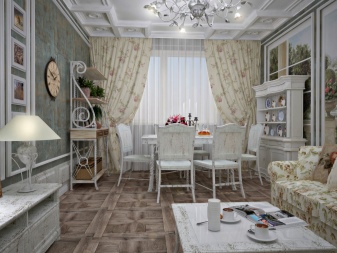
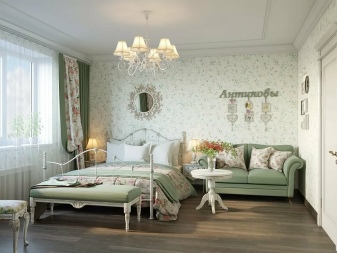
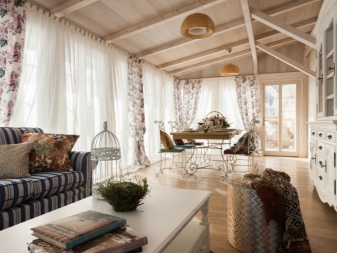

What it is?
Finding out what the Provence style is, what this word means, you can immediately stumble upon the information that this is a branch of French design. Many design experts consider this to be part of the country style. When it was created, the centuries-old traditions of the old rural dwelling and the specifics of life in the southern part of France were intertwined. Therefore, when developing an appropriate interior, one has to take into account the rustic charm and show maximum grace.
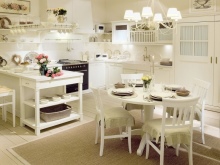

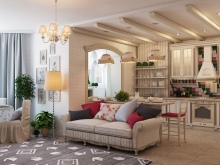
The history of the Provencal style began in the 17th century. At that time, motives of strict classicism prevailed in city apartments or houses in France. But in the countryside, completely different tendencies appeared: a rapprochement with nature, maximum emphasis on naturalness and comfort. Finally, the features of the Provence style were formed in the 18th-19th centuries, when there was a demand for the arrangement of comfortable dwellings, in which you can feel the charm of measured days.
Already at that time such a characteristic feature as the predominance of light colors appeared.
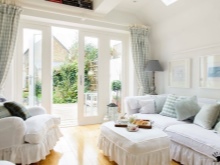
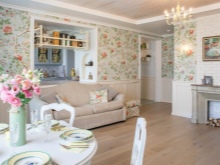

In describing the Provence style, it is especially noteworthy that this is an easy interior option. Its other key features are:
- the predominance of floral motives;
- the use of natural paints;
- using furniture made of aged (ideally if really old) wood;
- the inclusion in some cases of forged parts.
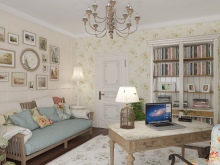
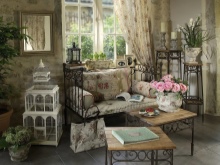

Basic principles
When creating a Provencal interior, any references to old estates and chic castles are unacceptable. It will be luxurious, but it is not an aristocratic luxury. It is not difficult to implement this approach in a spacious room, but problems are inevitable in a limited area. An indispensable feature of the Provencal design is "air saturation", which is a full-fledged component of the composition. Professional designers often try to create Provencal interiors based on wooden elements. Man-made materials should be avoided at all costs.

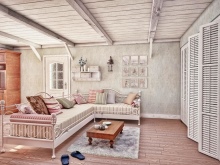
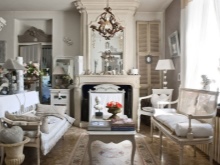
Other important features are:
- active use of indoor plants;
- introduction to the interior of paintings and figurines;
- maximum natural illumination;
- the use of natural decor;
- decoration of rooms with porcelain, ceramics, lace;
- rejection of gloomy dark shades;
- maximum lightness of furniture and other components of the room.
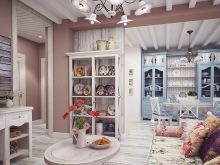
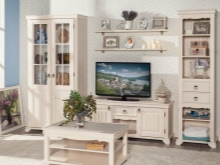
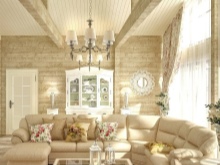
Finishing options
When decorating a private house in the spirit of Provence, one should not forget about suitable interior partitions. They are usually performed in a sliding pattern. Such elements are used in:
- large living rooms;
- bedrooms;
- bathrooms.
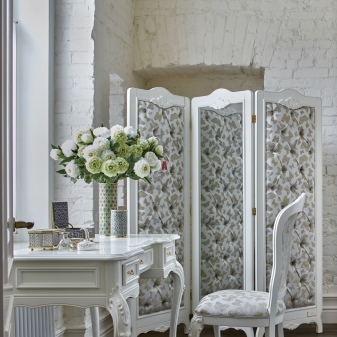
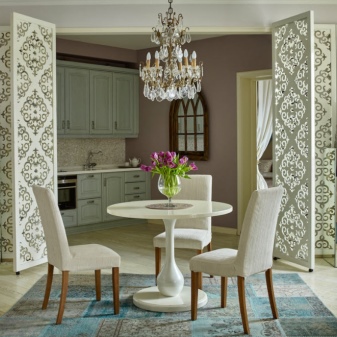
At the same time, the stylistic task can be very different. So, in the living room, a partition separates the dining room or creates an exit to the terrace. In the bedroom, you need it to create a dressing room or divide rooms.In the case of a bathroom, emphasizing the elegance and orderliness of the environment comes to the fore. Some canvases are made in the form of a lattice, while others are designed as transparent inserts of an exquisite look.
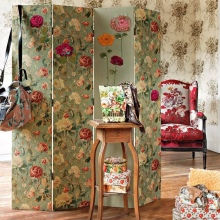
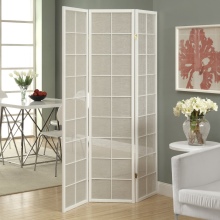

Sten
The choice of the Provencal option when renovating a modern country house implies a visual aging of the composition. Decorative plaster is often applied to the walls. It is usually formed on top of a layer of conventional type of plaster. In some cases, artistic painting is practiced, but at the same time it is important to ensure that everything does not look too pretentious and pretentious.
Therefore, you should avoid very bright colors and an abundance of saturated ornaments.
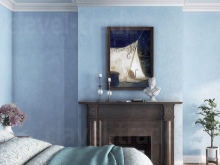
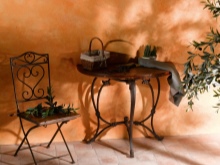
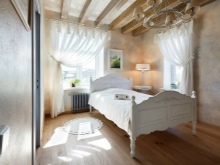
If there is not enough money at all, you can resort to banal whitewashing or painting in light colors. Such solutions will prove to be the ideal choice for any Provencal home. A good alternative is wall cladding with white wood paneling. Tiles can also be used, but they are mainly suitable for kitchens and bathrooms. If a composition is created in the spirit of modern Provence, the use of wallpaper is also allowed: both monochromatic and decorated with flowers or stripes.
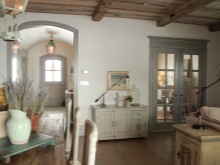
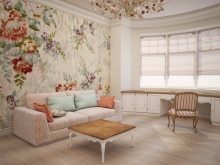
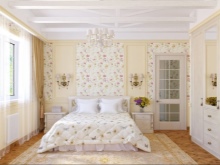
In some cases, Provencal walls are even decorated with clapboard. With the correct selection of texture, it will be perceived perfectly and will provide the necessary sound insulation. The processing and installation of wood panels is not difficult. On their basis, a variety of interior compositions are created. Most often, the surface is painted with acrylic paints of a gentle tone, including light brick shades.

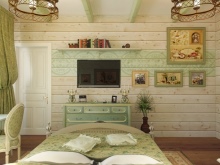
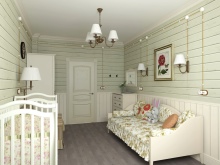
Returning to decorative plaster, it is worth noting such objective advantages as:
- no need to carefully level the surface;
- creation of a technically and aesthetically finished coating;
- strength and durability of the material;
- ease of color change;
- stability against temperature fluctuations and mechanical stress.

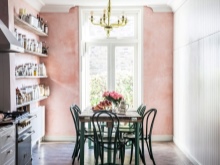
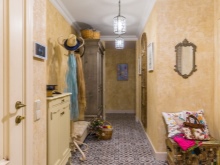
Paul
From a laminate, even impeccably imitating a woody surface, in a Provencal house will have to be abandoned. Due to the stylistic discrepancy, you should also forget about parquet, linoleum and any carpets. This does not mean that there is no choice. In most cases, a simple wooden board and tiles are used, tiles most often have beveled corners. When imitating the rural branch of Provence, you can consider various ideas for painted or untreated plank floors.

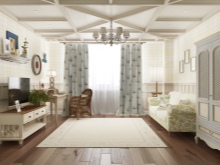

Ceiling
When decorating the Provencal top, wood is preferable. Recommendation: to facilitate and reduce the cost of work, it is recommended to use a polyurethane imitation of natural beams. Another simple and inexpensive option is to apply paint. However, a lot here depends on the intricacies of the selection of the coloring composition.
Even painting is possible, but it cannot be done without the help of professional decorators, which greatly increases the cost of the work.

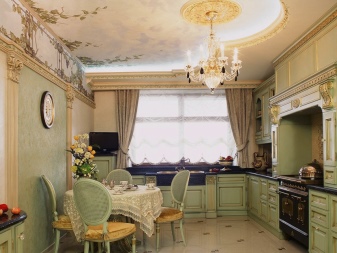
Some Provencal houses also use:
- matte stretch ceilings of a simple look;
- sheathing with clapboard and suspended beams;
- covering with plasterboard sheets;
- a combination of beams and wallpaper;
- a combination of plaster and plaster decorative elements.
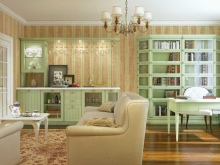
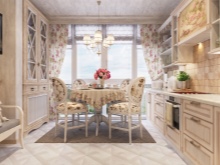
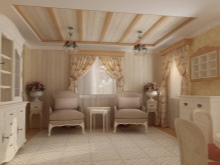
Furniture selection
All furniture products for the Provencal interior should be visually harmonious and laconic. Practicality is always an obligatory feature of them. An absolute requirement is only natural materials. Particle boards, plastics and other synthetic solutions should be discarded immediately. It is also worth noting that Provencal furniture should carry a touch of light negligence, a subtle note of frivolity.
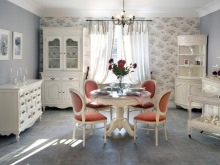
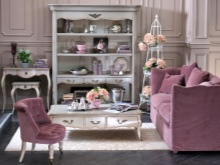
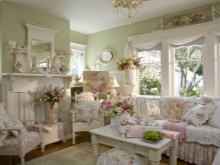
Despite the fact that the Provencal style prefers wood, not every species of it is suitable here. Light breeds, such as:
- ash;
- oak;
- Pine;
- Birch;
- beech.
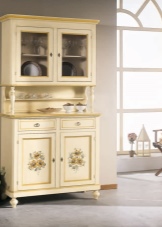

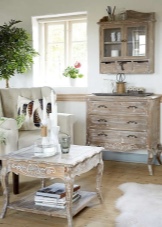
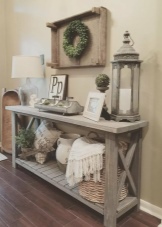
It is no less important, however, what is made of these materials. In the French interior, there must be small wardrobes, cabinets and sideboards. The use of high curly legs is encouraged. Every item should look like it has been in use for at least 50 years. Even if there is no worn paint, small chips, cracked enamel on the cabinet furniture, a certain "touch of antiquity" should still be traced.

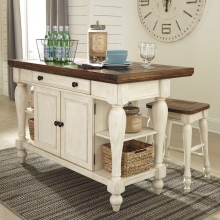

Color palette
The answer to the question about the flowers of Provence is not as easy as it seems. There are a lot of options to choose from, here the specific decision depends on personal preferences and associations. A completely classic solution is a white tone, which can be present in furniture, and in various surfaces, and in decor. Many people will be delighted with the thought of lavender fields stretching over the horizon. They fit into a similar concept and a reference to dense forest (field) greenery, and the blue expanse of the sea (you can even vary its shades, adapt to the situation and your intentions).
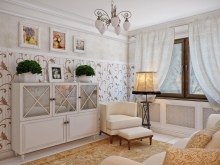
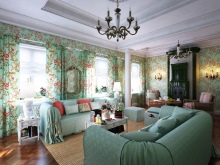

The nuances of a particular space are also taken into account.
If the room faces south, it must be visually "cooled", and if the windows face north, a warmer color is needed. In any case, the palette includes only soft, discreet colors. It is necessary to decide whether it will express the general conservative mood of the designers, or experiments are possible here. If it is very difficult to figure it out, you should focus on a selection of the five most characteristic tones:
- gray-blue;
- olive;
- lavender (sometimes mixed with pink);
- white (or cream);
- rich terracotta, yellow or peach colors.
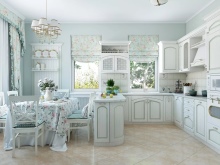
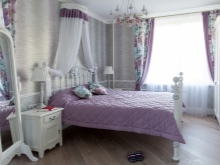

Decor and textiles
A very important point is the design elements of Provencal windows. Long white curtains are a real classic in this case. To get rid of the typical boredom, you need to use compositions with decorative elements, first of all, ruffles and lace inserts. What you should definitely avoid is heavy heavy curtains. But tulle (especially organza) fits almost perfectly.
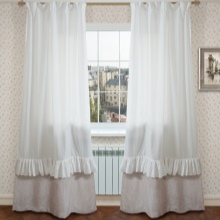
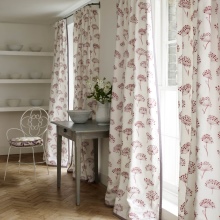
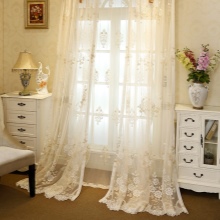
But you can also use classic Roman shades. In order not to suffer with the fitting of the lifting device into the interior, it is necessary to choose options with manual manipulation using tapes. The canvas can be made from both pure cotton and blended fabrics. Still worth considering:
- tartan cage;
- vichy;
- curtains of the "cafe" format;
- linen curtains;
- soft lambrequins.
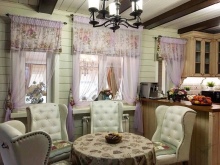
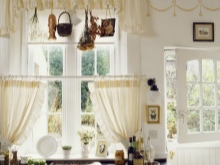

Interior items in a Provencal setting are not only curtains and photo frames. There must be trinkets: porcelain figurines and wooden boxes. In many homes, small vases and decorative candlesticks look great. Attention: the interior in the spirit of Provence is organically combined with open shelves and the same shelves. It is very good if soft lace napkins are put on the shelf, and the decor has already been put on them. Real Provencal tableware always looks simple and discreet.
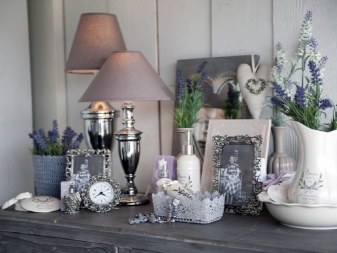

Lighting
It is a very good idea to use sleek, airy looking fixtures. They are usually decorated with openwork wrought iron elements that reproduce the appearance of ivy or grapevine. Plafonds can be made of fabric or glass, but in both cases it is desirable to paint them with floral patterns. For decorating lighting fixtures, it is recommended to use porcelain and wooden parts that resemble flowers or candlesticks. The main middle area of the room is illuminated by the rays of a large ceiling chandelier, which contains several bulbs.
It is favorably complemented by low-power luminaires emitting soft diffused light.
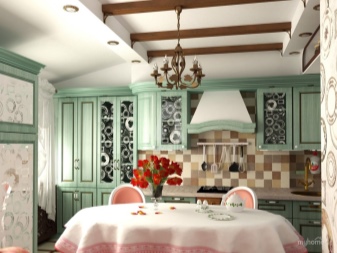
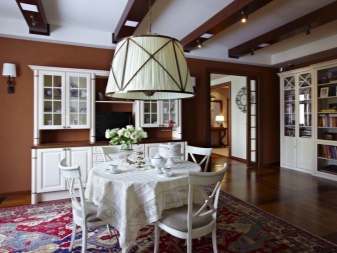
Such lighting devices are installed:
- on bedside tables;
- on desktops;
- near armchairs, tables, sofas;
- on the walls at the entrance to the house.
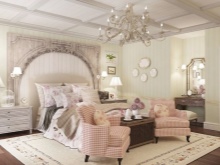
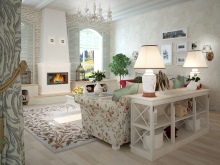
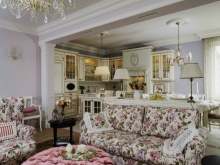
Decoration of different rooms
Now let's see how you can decorate the premises in a house or apartment in the described style.
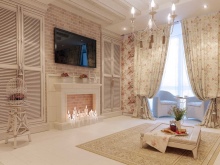
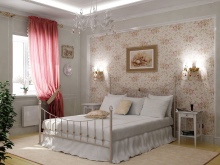

Bedrooms
When decorating not just bedrooms, but rooms for girls and women, the active use of white is encouraged. The necessary atmosphere will be created both by flowers and cages with or without birds. A small mirror is also an obligatory feature of the room. A small bed in such a room is inappropriate. But the presence of a canopy is quite an attractive idea.
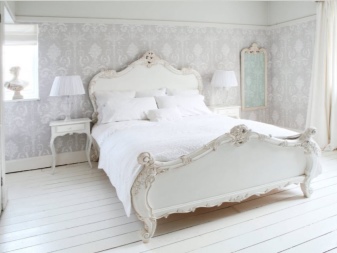
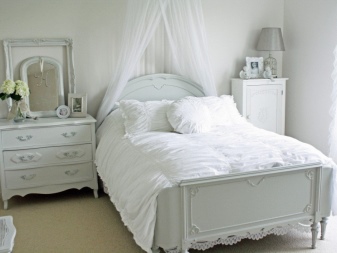
In a monochrome design project for a bedroom, beige tones are often used. You can also use a hazelnut, powdery or light brown color. When forming a more masculine interior, a blue color scheme is used. It can be used in conjunction with white paint. It is also worth taking a closer look at solutions based on light green tones.
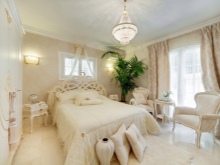
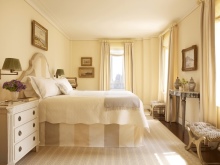
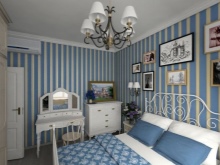
Kitchens
It is also useful to know how to decorate a small Provence style kitchen. There you can actively use a variety of colors, but on condition that they combine well with each other and do not look overly bright. The principle is simple: they take a pure saturated color and "clog" it with white, gray or blue tones. It is extremely important: color accents cannot be used, since they will immediately break the harmony and will fundamentally contradict the general concept. Furniture facades can be made of milled MDF or transparent sashes.
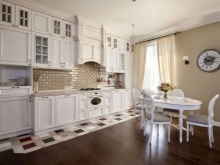
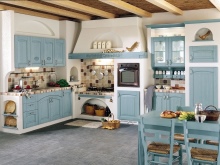
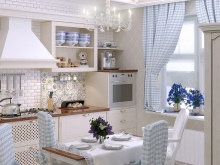
Living room
It is very important to arrange this room correctly, even in a large cottage. In this case, soft white paint or a combination of coffee with milk is welcome. Light walls with rough plaster filling and floral motifs are often used. The furniture can be made of waxed wood and curved legs are a must. From fabrics, it is advised to take simple cotton textiles with floral patterns.
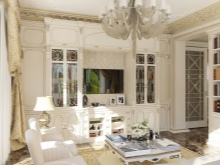
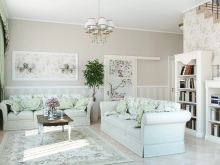
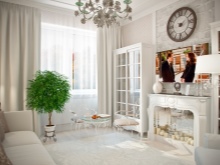
Bathroom and toilet
The design of the bathroom and toilet areas in the Provencal spirit has its own characteristics. As in other rooms, the use of light furniture with curly legs is encouraged. Attention should be paid to the execution of mirrors, furniture handles, towel holders and other similar things. Faucets should be large and fitted with a curved spout.
Sinks (washbasins) have rounded corners.

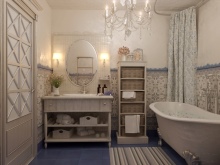

Hallway
In this room, furniture is most appropriate, corresponding to the style of modern classics. It is best not to experiment, but to take ready-made sets. The entire interior is created in a maximum of three shades. To separate from other rooms in studios, racks and bar counters are used. Plaster moldings and artistic forging will create the necessary entourage.
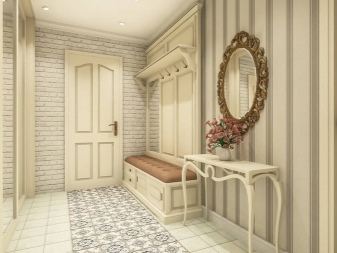
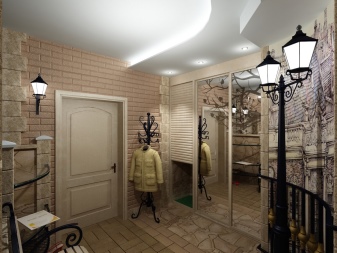
Peach and mint tones are actively used in the hallways. Colors are usually clearly demarcated; it is not recommended to form transitions. The surface of the floor tiles will age. A chest of drawers is placed in the center of the room. On one of the walls, a shelf is placed for small items (keys, mittens, scarves, caps, telephones, and so on).
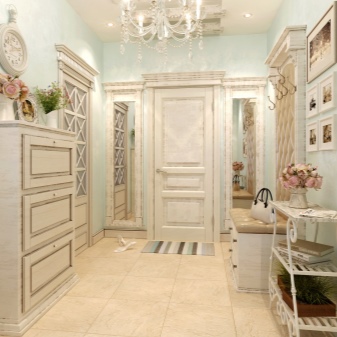
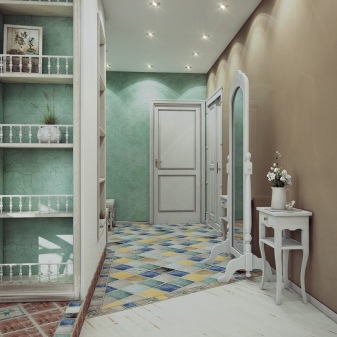
Children's
The colors in this room are the same as in other areas of the house. In addition to floral and other plant prints, you can also use checks and polka dots. Both plain and printed wallpapers are used. It is pleasant and convenient to illuminate the nursery with the help of a chandelier equipped with a metal chain. The children's room is an exception to the general order - it is the only room in the spirit of Provence where carpets are appropriate.
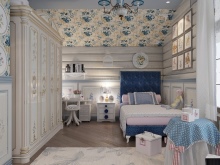


Balcony
Various embroidered decorations can be placed on the Provencal balcony. One of the walls is sometimes decorated with boards. To paint them white or leave them in their natural form is up to the owners themselves. Wallpaper of one or several colors will create the desired mood. Light boards and stone tiles are placed on the floor. The ceiling is covered with natural wood.
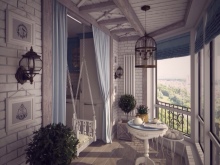
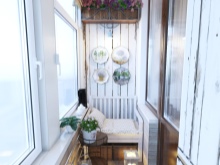
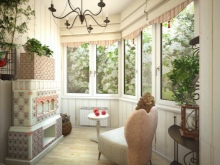
In a Provencal attic, you can use wooden beams of a relatively rich color. If a bed is placed there, then it is usually decorated with carvings. The use of a large number of family photos helps to add coziness. A separate topic is the design of a veranda or terrace in the spirit of the Provencal style. Such rooms are usually plastered under bricks without leveling the surfaces.
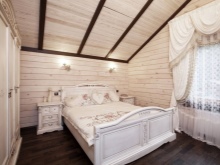

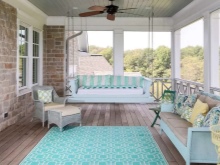
Terracotta tiles are placed on the floor, the seams between which will have to be wiped off. The ceiling will be decorated with ceramic tiles, bricks or natural stone. It is logical to put wrought-iron couches and tea tables. Cabinets are painted with neat green or blue ornaments.
The use of rattan furniture is allowed.
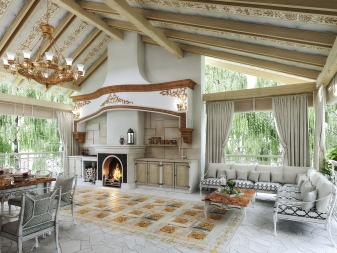

Stairs in the Provencal interior, of course, are made strictly of wood. Its texture can be slightly sloppy, but this negligence must be thoroughly thought out. Dark green and brown colors are preferred. The specific color is selected taking into account how it will look in natural and electric light. Without any problems, you can put not only a straight, but also a curved staircase.
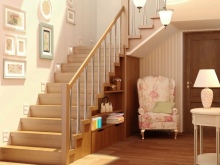
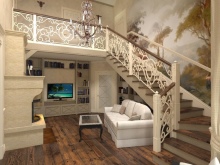
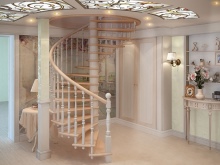
Stylish examples in the interior
A good example of beautiful interiors in the Provence style is this example. Curly chairs with mesh backs lined up around a dark wood table look very attractive. The room is skillfully used with floral decor. An unusual ceiling chandelier makes the room original. Beamed structured ceilings and light-colored walls are well received.
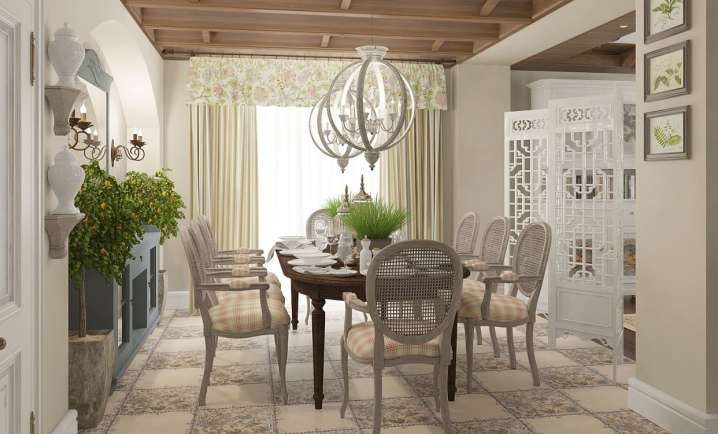
An alternative solution involves the design of a very bright room with bright decorative objects. A textile curtain, gathered in folds and partially surrounding the oval mirror, helps to make the interior more pleasant. There are flowers on a low table with curly legs, and a chest underneath. This combination is perceived positively. Provencal color is also provided by thematic small paintings on the walls. White glazed doors complete the composition.
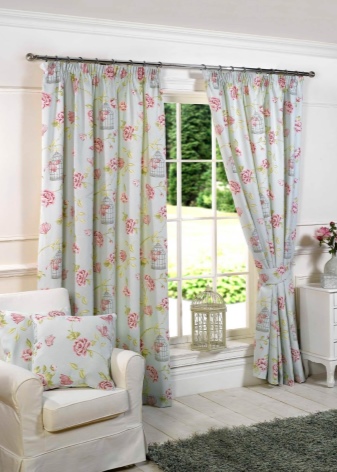
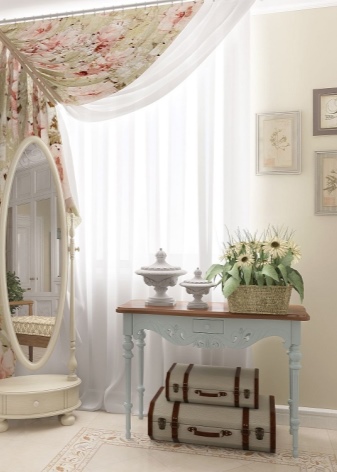
For an overview of a Provence-style country house, see the following video.









The comment was sent successfully.